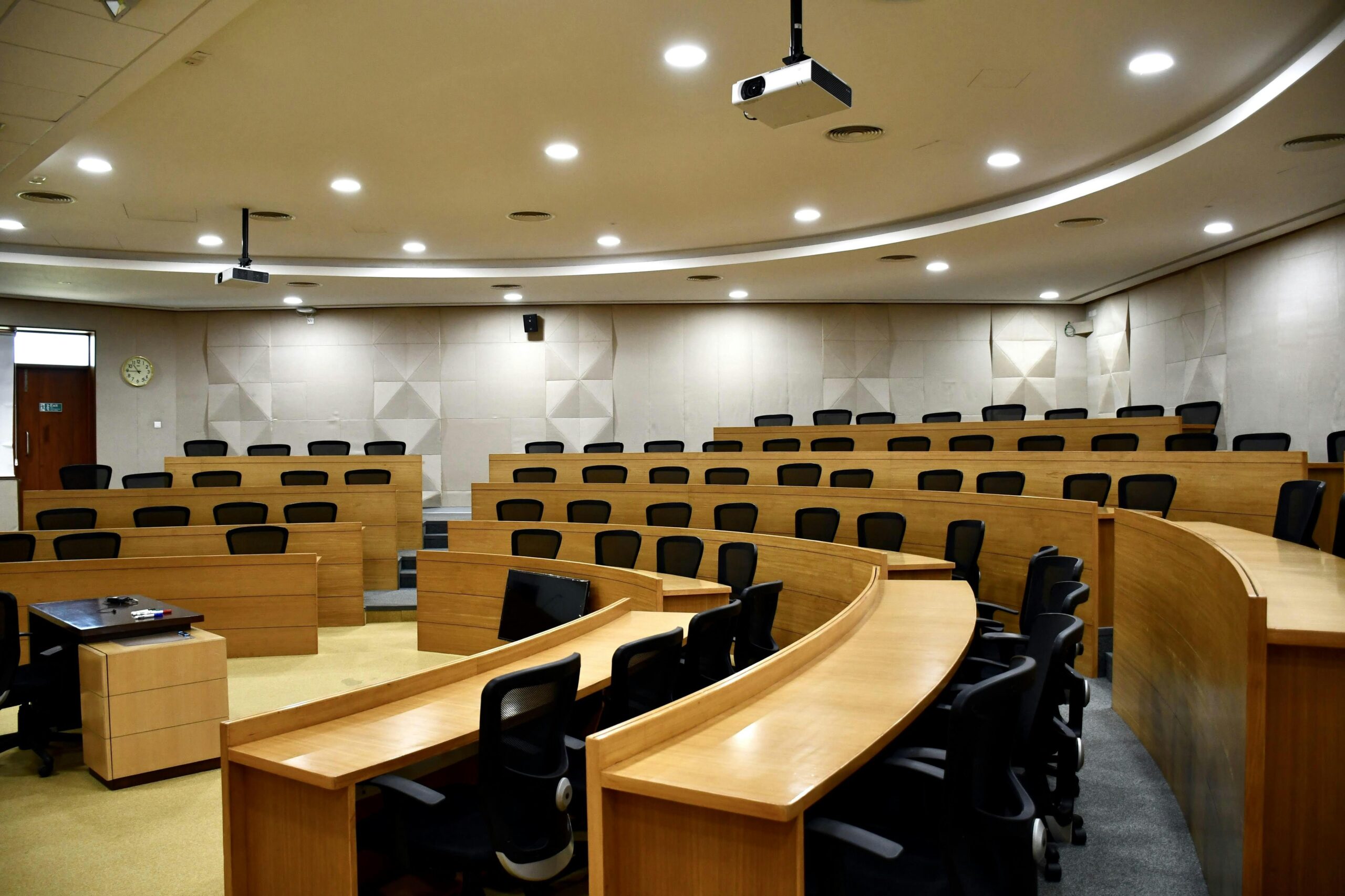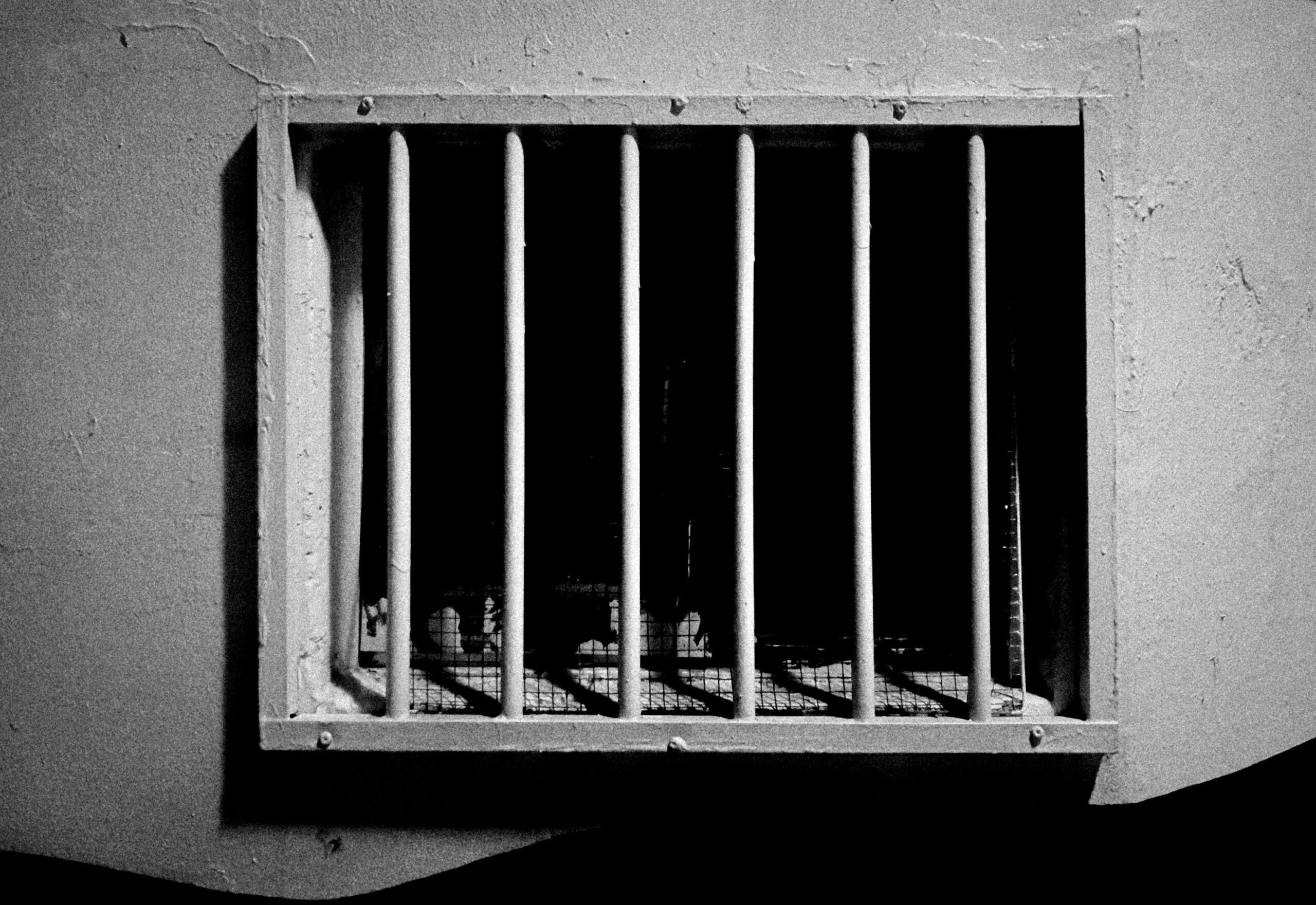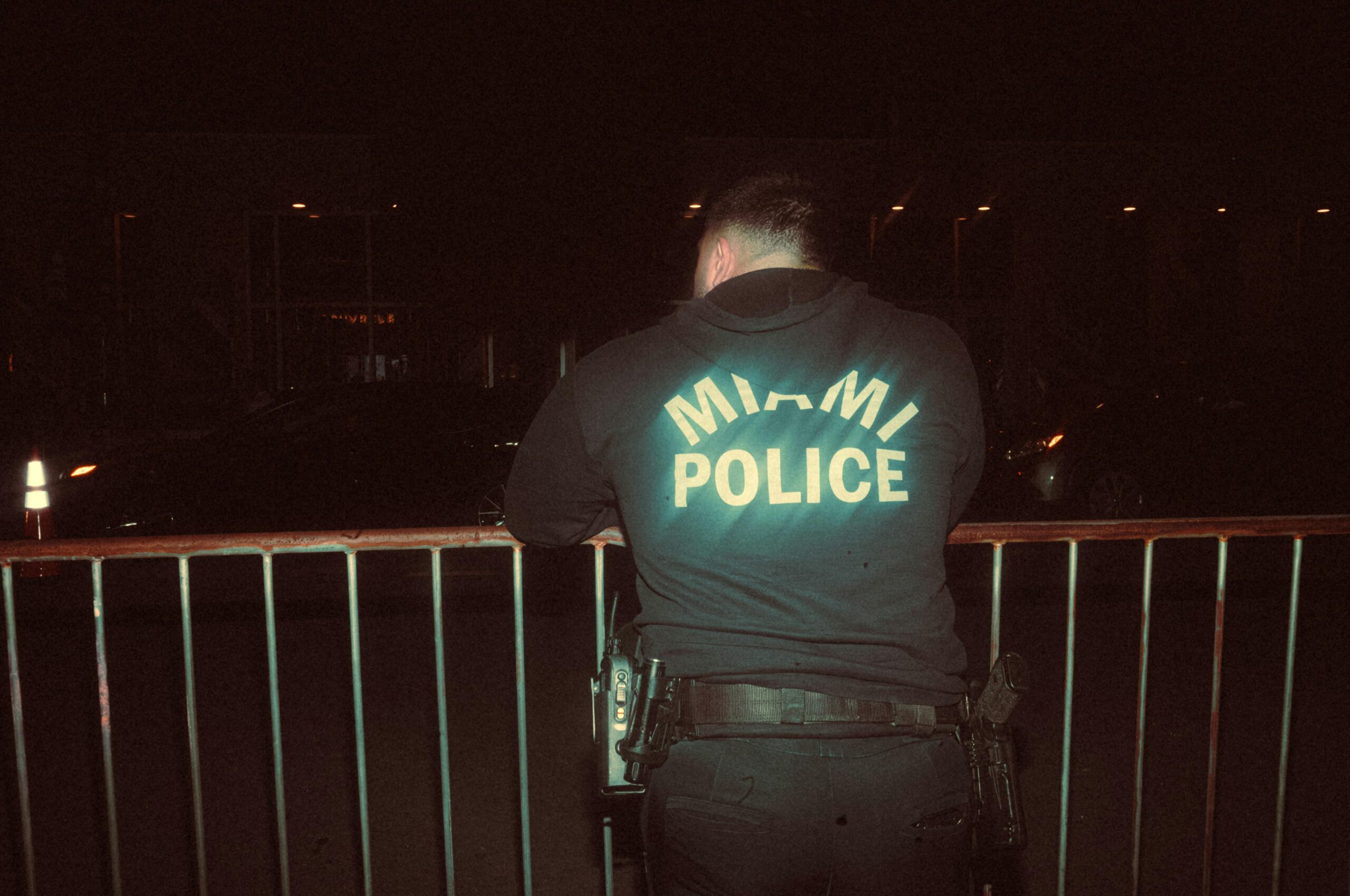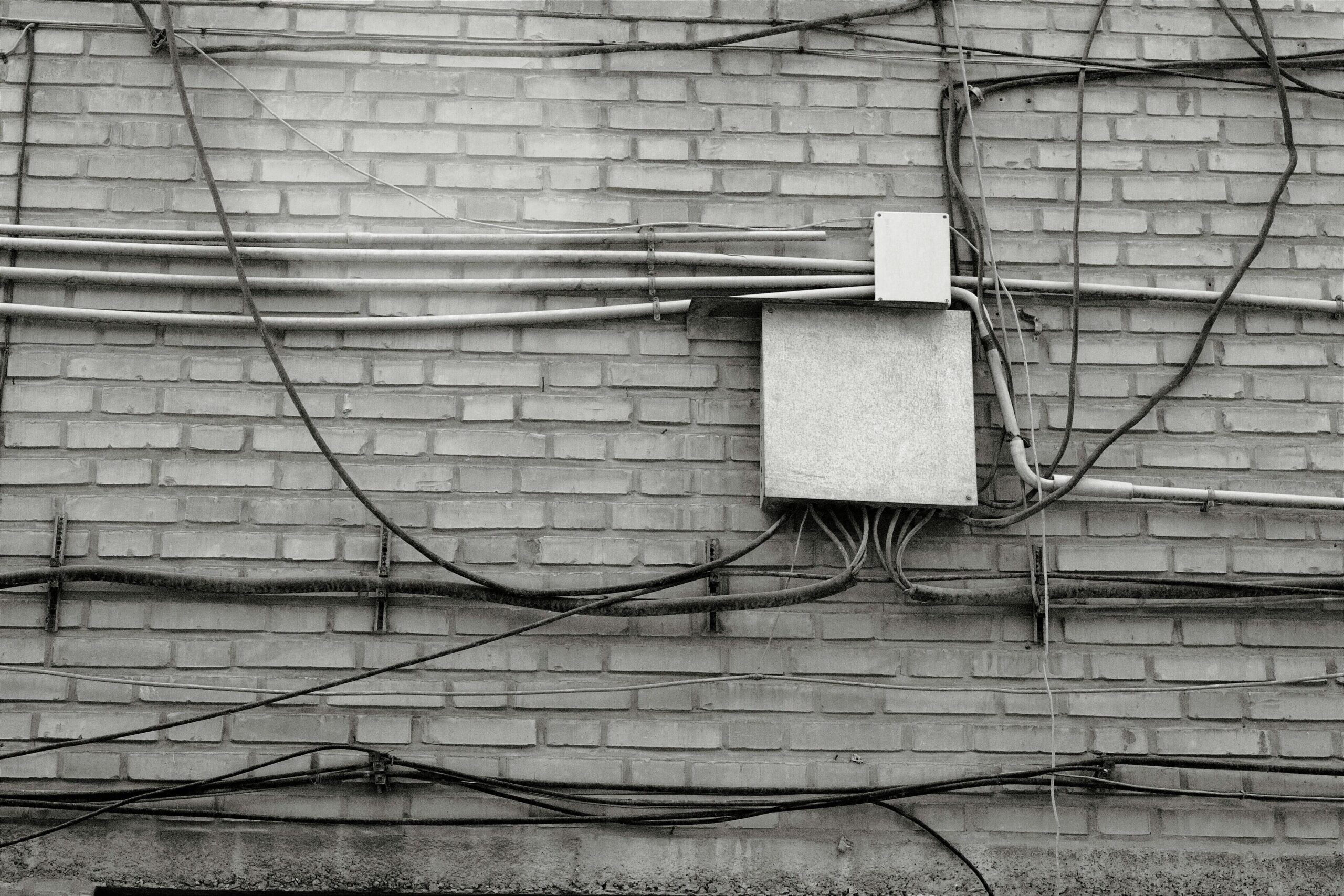Imagine a quiet town shattered by tragedy, a case so tangled that it leaves everyone questioning what really happened. The story of the West Memphis Three is one that twists through the darkest corners of justice, fear, and the power of doubt. Decades later, their names still spark debates, documentaries, and a relentless search for the truth. In this article, we’ll dive deep into the perplexing mystery surrounding the West Memphis Three, exploring how a small town’s nightmare turned into a global conversation about crime, conviction, and controversy. Ready to unravel the layers? Let’s get curious.
Table of Contents
- The Crimes that Shook a Small Town and Drew Global Attention
- Uncovering the Flaws Behind the Convictions and the Role of Media
- The Fight for Justice How Advocacy Changed the Narrative
- Lessons Learned and What We Can Do to Prevent Future Miscarriages of Justice
- The Conclusion
The Crimes that Shook a Small Town and Drew Global Attention
In the quiet community of West Memphis, Arkansas, the brutal murders of three young boys sent shockwaves that rippled well beyond the town’s borders. The case was marked by a terrifying combination of unknown motives, controversial evidence, and a courtroom drama that many believed was influenced by fear rather than facts. What began as a routine investigation quickly spiraled into a media frenzy and world-wide conversation about justice, prejudice, and the limits of the American legal system. As the focus intensified, so did the questions: How could this small town harbor such a grisly secret, and why were three teenagers arrested under circumstances riddled with doubt?
Exploring the deeper layers of this saga reveals a tangled web of conflicting testimonies, questionable forensic reports, and a community desperate for answers. Key elements that emerged included:
- Sensationalized media coverage that often painted the accused as outcasts and villains before a fair trial.
- Allegations of coercive police tactics that cast a shadow over the legitimacy of confessions and evidence obtained.
- Community divisions fueled by fear, superstition, and the search for a scapegoat.
These factors combined to create a case that not only questioned the guilt of the accused but also exposed the vulnerabilities of a justice system under pressure. The reverberations from this crime forced the world to reckon with uncomfortable truths about how innocence can be overshadowed by suspicion.
Uncovering the Flaws Behind the Convictions and the Role of Media
At the heart of this case lies a disturbing tapestry of judicial missteps and bias, revealing how easily truth can become distorted in the rush to close a case. The convictions were largely built on shaky eyewitness testimonies and a lack of concrete forensic evidence, which would raise eyebrows today. The defendants were judged more on their outsider status and unconventional appearances than on actual proof, highlighting a dangerous precedent where societal prejudices heavily influenced legal outcomes. It begs the question: how many other stories have been buried beneath such flawed verdicts in the quest for quick justice?
The media’s role in shaping public perception cannot be overstated. Sensational headlines and speculative narratives framed the accused in a villainous light before all facts were thoroughly examined. This feeding frenzy contributed to a cultural bias that swayed both jury opinion and popular sentiment. Key factors include:
- Skewed media portrayals focusing on guilt rather than a neutral investigation
- Amplification of rumors and fear surrounding youth subcultures
- Lack of critical analysis of prosecutorial claims and evidence reliability
Such dynamics not only compromised the integrity of the trial but also illuminate the power of media in shaping justice—for better or worse. Unraveling these intertwined forces is essential to understanding how the truth was eclipsed and how society’s rush to judgment can lead to irreversible consequences.
The Fight for Justice How Advocacy Changed the Narrative
What began as a dark, perplexing case soon became a rallying cry for advocates of truth and fairness. Persistent advocacy by lawyers, journalists, and fans of the convicted trio stirred public skepticism, shifting the perception of guilt that once seemed unquestionable. Campaigns, documentaries, and petitions spotlighted inconsistencies, questionable evidence, and the devastating impact of rushed judgments. This wave of support illuminated deep flaws in the judicial process, urging society to rethink how justice is pursued in cases clouded by prejudice and fear.
The power of collective voice reshaped the narrative entirely. By humanizing the accused and emphasizing the need for thorough reexamination, advocates paved the way for a breakthrough that mainstream institutions had initially resisted. Their efforts sparked a profound conversation about legal ethics, wrongful convictions, and the importance of unwavering vigilance when lives hang in the balance. Ultimately, this movement proved that relentless advocacy could crack even the most layered and twisted mysteries, shining a beacon of hope amidst the shadows of injustice.
- Documentaries that brought fresh eyes to the case
- Legal appeals spurred by emerging evidence and expert testimonies
- Public campaigns rallying for a fair retrial and eventual release
- Community engagement changing perceptions from condemnation to empathy
Lessons Learned and What We Can Do to Prevent Future Miscarriages of Justice
Reflecting on the tragic saga of the West Memphis Three exposes the fragile nature of justice when biases, media frenzy, and rushed investigations come into play. It underscores the importance of thorough, evidence-based inquiry over assumptions shaped by public opinion or appearances. One key takeaway is the need for ongoing training in forensic science advancements and a critical examination of all evidence, no matter how unconventional it might seem. The case also highlights how powerful narratives, when left unchecked, can lead to irreversible damage—not just to the accused—but to the entire community’s faith in the legal system.
Moving forward, there are several practical steps that can help shield others from similar fates:
- Improved Legal Representation: Ensuring access to competent, well-resourced defense attorneys who can challenge weak prosecution cases effectively.
- Transparency and Accountability: Instituting policies for open case reviews and independent oversight to catch errors before they cement into wrongful convictions.
- Community Education: Fostering awareness about cognitive biases and the dangers of “tunnel vision” in active investigations.
- Support for Post-Conviction Research: Facilitating access to DNA testing and new evidence review long after a verdict is delivered to correct potential mistakes.
By embracing these lessons and reforms, society can begin to right the scales and ensure that the echoes of the West Memphis Three don’t repeat elsewhere.
The Conclusion
As we peel back the layers of the West Memphis Three case, it becomes clear that this twisted mystery is far from simple. It challenges our assumptions about justice, truth, and the lengths we’ll go to find answers. Whether you’re a true crime enthusiast or just stumbling upon this story, one thing’s certain: the more you dig, the more questions emerge. So, what do you think really happened in those tangled woods? The truth might still be out there, waiting to be uncovered. Stay curious.












